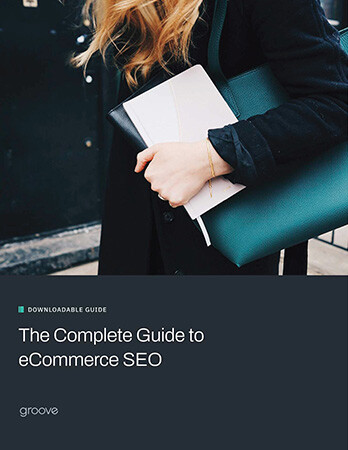To Google, user experience is everything. Google values what website visitors do when they land on a website, and that can directly impact search engine optimization. SEO UX is not something any website can ignore, but what is it, and how can you optimize it?
The Importance of Page Experience in Google Search Engine Results
One of the core ranking systems used by Google relates to the quality of content on a website. Good content means higher ranking in the search engines. The search engine makes it clear that it is not just one element on a page that makes a page great or more user-friendly than others, but the combined experience.
SEO and SEO: What You Need to Know
SEO includes a set of steps or processes taken to improve the rank of a website in the search engine results page (SERP). UX is a term that refers to the overall experience that a person using the website has and how they interact with it.
The ideal situation is that UX allows for a simple, positive experience for every person who lands on the website. This increases the risk of repeat visits, which often leads to purchases. However, UX is not going to be the same for every person or every site.
When it comes to UX SEO best practices, we turn to Google’s Search Central guidelines, which focus on the following areas to define positive UX.
Core Web Vitals
How well do the Core Web Vitals match up? These are measurements of real-world experiences, including:
- How fast the website loads when clicked on
- How interactive the site is
- What type of visual stability is present (or is there a lack of it)
Mobile First Indexing
Google also puts a lot of focus on the mobile version of a website, including indexing and crawling (in other words, this also directly impacts your user experience and ranking). Mobile-first indexing means that you must ensure the same experience is possible on a mobile device as it is on a personal computer. Some key areas of focus here include:
- Responsive websites which means it uses the same HTML code on the URL no matter what device the user is on
- Visual content, including images and videos on the mobile site, meet the best practice guidelines set by Google
- The content on the desktop and mobile versions are the same, ensuring the same ranking for keywords is possible
Writing and Intent
In UX and SEO, it is also important to consider the copy itself. Your copy is a tool that helps users use the site and remain engaged with it. It also ensures SERP results because it allows for better navigation of the search engines.
Some key UX SEO best practices in this area include:
- Keeping sentence length short
- Using plain, easy to understand language
- Avoiding industry-specific jargon
- Using the concept of less is more
- Using active voice
Website Aesthetics Matter
The way your website looks matters as well. Google recognizes the importance of keeping people on a site. The longer a person is on the site, the more that it fits their needs. Visuals matter, then, when it comes to UX and SEO.
Aesthetics are not just the functional elements of the site, but the way it looks. For example, does the color scheme fit the business? What is the layout and overall whitespace present? Too much dense information makes people leave rather than stay.
There’s also the importance of your website being original. If it is a carbon copy of other websites within your industry, that’s less desirable overall.
How to Improve SEO UX Design
As a website owner, it is critical that you consistently work to provide an excellent product for anyone visiting your site. Remember, UX affects SEO, and that means it is directly linked to the number of people who find your website.
To improve UX and SEO, then, consider these steps:
- Find and remove site errors that slow down the movement of the search engines (and visitors, too)
- User a visual hierarchy and clear headings to guide a person through the content
- Ensure your site loads fast and without any delays (seconds matter – with 100 to 200 milliseconds being the benchmark you want to see in place)
- Ensure good linking practices within your site since this helps with web crawling and indexing
- Ensure that the copy on your page is also credible, usable, and specifically targeted to the people who will end up on your site. It must be custom-designed for that audience.
Pulling all of these strategies together is critical for SEO UX design. Once you ensure your site is easy to use, attractive, and designed to be appealing to both people and the search engines, you’ll likely see improvement in ranking.
Let Groove Commerce offer the help you need. With an integrated SEO strategy, we can help you to improve website traffic in no time.

eBook
The Complete Guide to eCommerce SEO
Explore tags:
About the author
Subscribe to the Groove Newsletter
Get the latest updates and insights straight to your inbox






